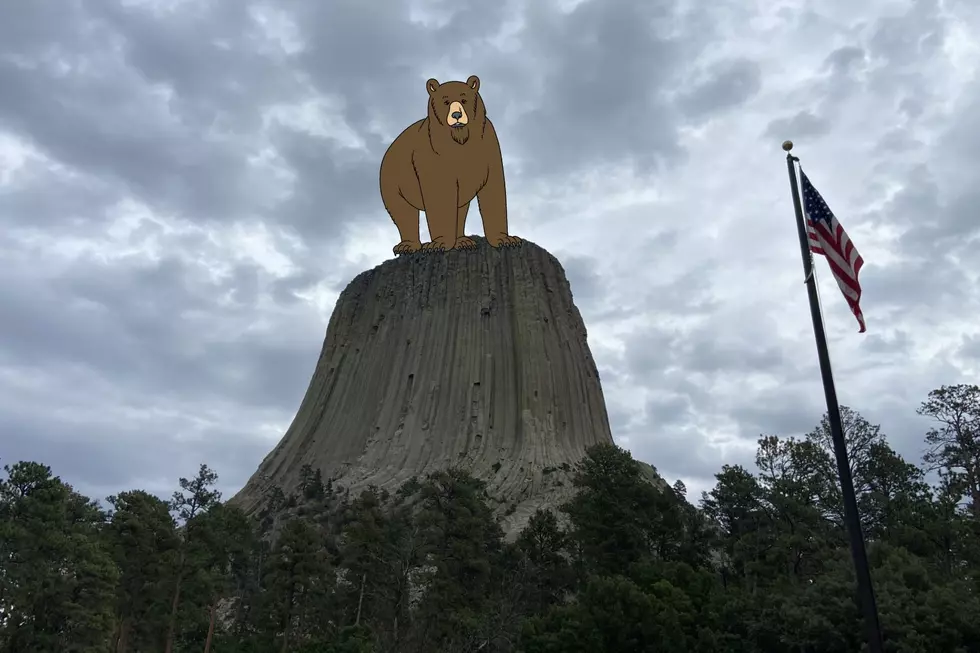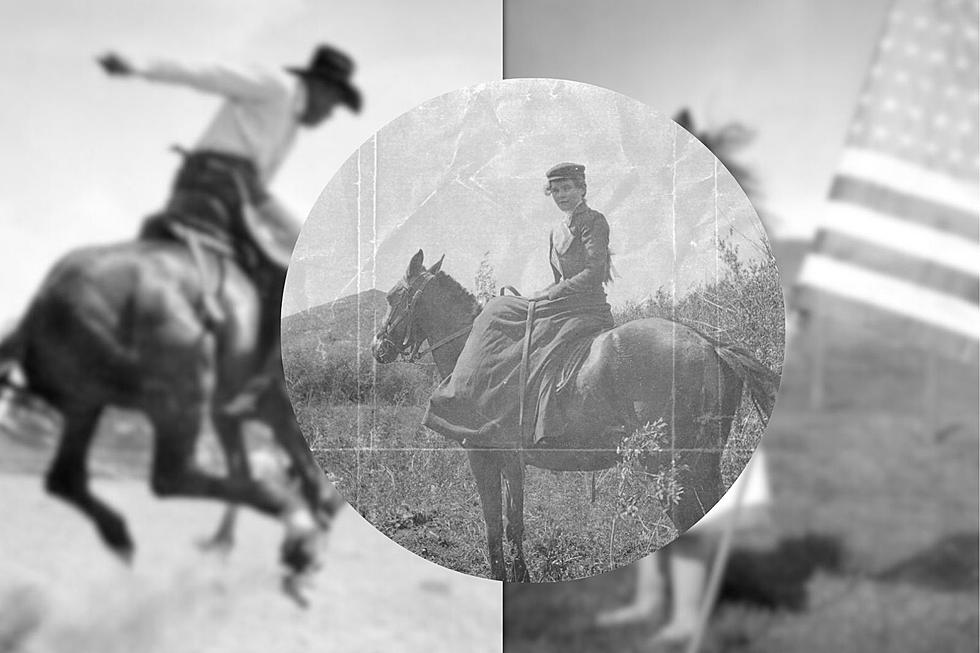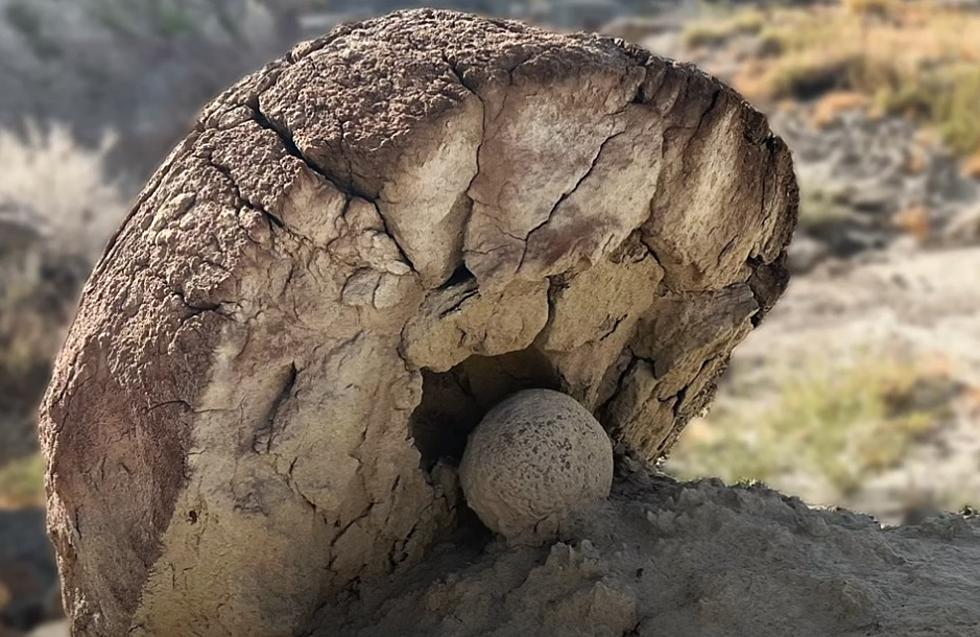
Wyoming Has Some Of The Oldest Trees On Earth
Some of the oldest trees in the world are right here in Wyoming.
How does 55 million years old sound to you?
If you're in Wyoming make sure to see one of several Petrified Forests.
Wyoming was once home to a forest of towering Redwood Trees just like in Washington state.
But, because the climate is always changing, those trees died out a long time ago.
What is left of them was preserved for geological reasons.
That allows you to see them today.
The video below will show you how to find Wyoming's Petrified Forest in Yellowstone.
So, how did this come to be?
This forest was formed more than 50 million years ago. A series of volcanos in the Absaroka Range erupted, covering the landscape in ash. The trees were preserved under the ash, and a new forest grew overtop of the debris.
For the next several thousand years this cycle repeated, and eventually, there were multiple layers of petrified forest under the earth. Millions of years later, wind and water eroded the earth and exposed these trees.
Today, nature lovers and historians hike around Specimen Ridge in the Lamar Valley to see these preserved artifacts up close.
The trail through the Petrified Forest is 3.5 miles out and back and is considered moderately challenging. It's easiest to tackle in the summertime or early fall.
One particularly famous tree is preserved by the park so that it cannot be damaged by tourists and visitors and will forever remain a part of the Petrified Forest in Wyoming.
Have you ever seen the petrified forest in Wyoming? Make plans to visit when the weather warms up and you’ll be walking through history itself.
You’ll find the Petrified Forest along Specimen Ridge, just south of the Lamar River Bridge. Check in with the Tower Junction Rangers if you’re looking for a guided tour.
Last week we gave you the story of a row of "petrified trees" in Wyoming that turns out not to be petrified trees at all. They sure do look like it, but, NOPE!
One of the best places to see real petrified trees is in Yellowstone.
Specimen Ridge in Yellowstone National Park. This unique location harbors dozens of stately fossilized (petrified) trees: some upright, some horizontal.
A violent volcanic episode entombed these huge trees about 50 million years ago.
In the video below geology professor, Shawn Willsey walks the ridge and explains. (As you watch the video please pardon his sniffling. He had a cold).
The trees are obvious, especially the ones still standing.
50 million years ago the current Yellowstone volcano was not there. Other volcanoes to the east were the culprits, back then.
There was a chain of them, big suckers, shaping what we now call North America.
The outflow from those big eruptions landed and filled the Yellowstone area. Through rain, ice, and snow, the area built up until one day there was a massive mud and material slide.
That's what covered those trees.
Petrified trees form when minerals, including silica dissolved from volcanic ash, are absorbed into the porous wood over hundreds and thousands of years. The material then crystallizes within the cellular structure. Over time that crystallized material replaced the organic material.
Back then the climate was much warmer than we are used to today.
That's particularly interesting because the last glacial period (ice age) began about 100,000 years ago and lasted until 25,000 years ago.
Today we are back in another warm interglacial period.
There are petrified trees in Wyoming that are actually NOT petrified trees.
Although they sure do look like it.
In the Big Horn Basin near Worland, Wyoming three long tube shapes sit on top of sandstone.
They look like 3 petrified trees that fell over millions of years ago.
They look like they have tree rings and even petrified bark. So they are what they look like, right?
Maybe.
On his YouTube channel, Wyoming geologist Myron Cook drove out to the site to have a look.
In his video, which you can watch below, he breaks down what we are really looking at.
When it comes to nature and science looks are often deceiving.
It turns out that what looks like trees are actually made of the same sandstone that supports these structures. Plus a few other minerals might have become trapped in them along the way.
If they are not petrified trees, and they are mostly sandstone, how did they form? And why are they this tree-like shape? What's with the darker color?
Mr. Cook expertly offers two theories.
One shows how, over time, sediment builds in layers and hardens over time at the bottom of a river. Because rivers change directions, and through periods of flood and drought, the sediment begins to take shape as it builds layers in a "cement" like process.
Time passes and the climate continues to change as it always does, rivers come and go.
Eventually, this formation is far underground.
But erosion, over time, exposes it again.
There are other formations near these three that don't look quite so perfectly round like an old dead tree. It's easy to spot how they formed in the very same way.
SORRY - I was hoping that they were trees too.
In the Big Horn Basin near Worland, Wyoming three long tube shapes sit on top of sandstone.
They look like 3 petrified trees that fell over millions of years ago.
They look like they have tree rings and even petrified bark. So they are what they look like, right?
Maybe.
On his YouTube channel, Wyoming geologist Myron Cook drove out to the site to have a look.
In his video, which you can watch below, he breaks down what we are really looking at.
When it comes to nature and science looks are often deceiving.
It turns out that what looks like trees are actually made of the same sandstone that supports these structures. Plus a few other minerals might have become trapped in them along the way.
If they are not petrified trees, and they are mostly sandstone, how did they form? And why are they this tree-like shape? What's with the darker color?
Mr. Cook expertly offers two theories.
One shows how, over time, sediment builds in layers and hardens over time at the bottom of a river. Because rivers change directions, and through periods of flood and drought, the sediment begins to take shape as it builds layers in a "cement" like process.
Time passes and the climate continues to change as it always does, rivers come and go.
Eventually, this formation is far underground.
But erosion, over time, exposes it again.
There are other formations near these three that don't look quite so perfectly round like an old dead tree. It's easy to spot how they formed in the very same way.
SORRY - I was hoping that they were trees too.
The Hidden Treasures Of Wyoming's Natural Bridge
Wyoming Dinosaur Center
More From My Country 95.5









